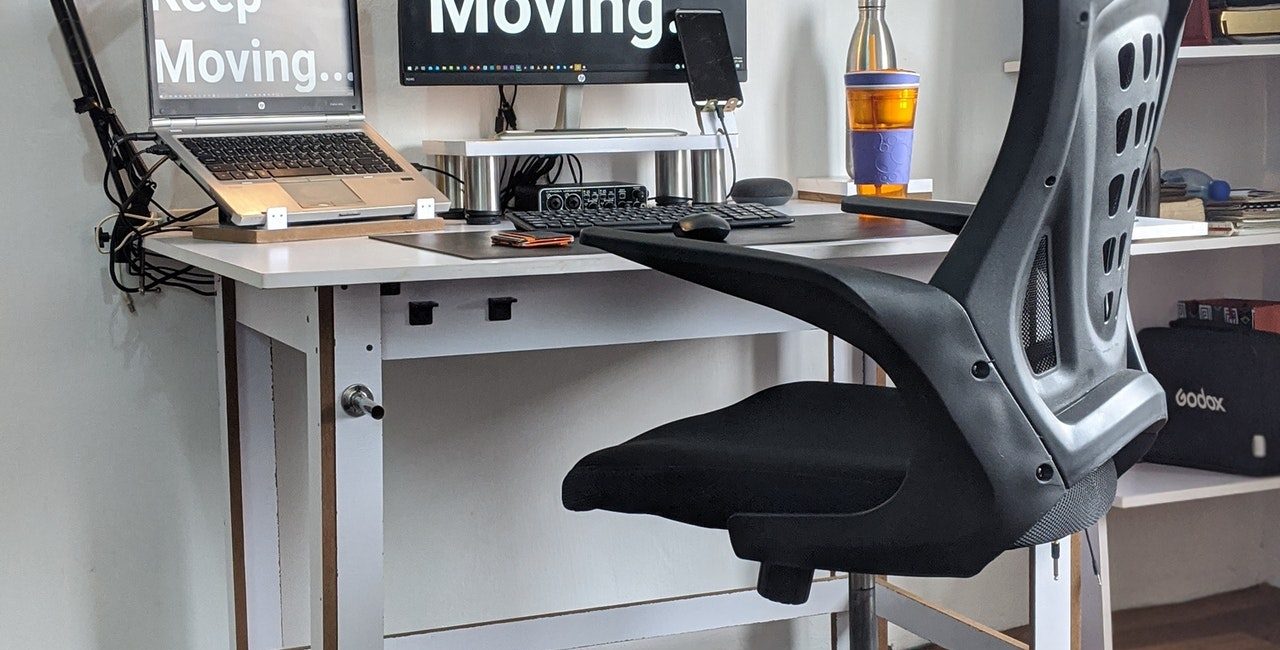
Office chairs are one of the most important parts of office furniture. The average office worker will spend anywhere from four hours to nine hours per working day seated. This can have a detrimental effect on health over a prolonged period of time. There are several things employers can do to minimise stress on the body of employees who spend large parts of their day seated. These include allowing for frequent breaks, encouraging stretching and exercise between screen sessions, and ensuring each worker has a chair that is designed for optimum comfort.
There are many options when it comes to choosing office chairs, each of which has its own advantages. The best type of chair for each office will depend on several factors, including the type of work being performed and the number of hours employees are likely to spend seated.
Furniture At Work has a comprehensive range of chairs in every style to choose from, helping office managers to design a space that will keep employees healthy, happy and productive.
Ergonomics
Ergonomics is the study of how the work environment can be adapted and arranged to ensure maximum comfort and wellbeing for employees. For example, ergonomic chairs are designed specifically to meet the physical needs of the user and minimise stresses placed on the body during long periods of sitting down.
Ergonomic chairs are developed with the needs of the end user in mind, focusing on providing maximum support in the areas it is needed most. Ergonomic chairs are adjustable so they can be adapted to suit each user and provide support for the lumbar region.
Most modern office chairs have been designed ergonomically and come in a wide range of styles, shapes, and materials.
Executive Chairs
Executive chairs are so named due to their imposing appearance and sophisticated design. Executive chairs are usually well padded with a high back rest and often come in elegant materials such as leather.
Operator Chairs
Operator chairs are ideal for work environments in which the user is required to move around frequently while seated. They typically have good lumbar support and a solid, five-star wheelbase ideal for moving from desk to desk. Also called task chairs, these types of chair are generally affordable and can be adjusted to meet the needs of each employee.
Draughtsman Chairs
Draughtsman chairs are designed with the needs of workers such as architects and designers in mind. These are roles in which the worker will spend a lot of time standing, but still require a comfortable chair for long periods. Draughtsman chairs are supportive and can be adjusted to the correct height to make the transition from standing to sitting as easy as possible.
Folding / Stacking Chairs
Folding or stacking chairs are a suitable option in spaces where temporary seating is often required but the floor space is also used for other things, or for events that take place outside of normal working situations. These types of chairs can be stored away when not in use to save space. Stacking chairs are generally more padded and therefore more comfortable, whereas folding chairs are the better option for companies where space is at a premium.
Industrial Chairs
Industrial chairs follow the principles of ergonomic design but are created using more robust materials, making them ideal for work environments that could cause increased strain on furniture, such as construction offices and laboratories.
There are many other types of office chair designed for specific situations in the workplace. Furniture At Work stocks multiple designs crafted from a wide variety of materials and in a range of colour choices.












